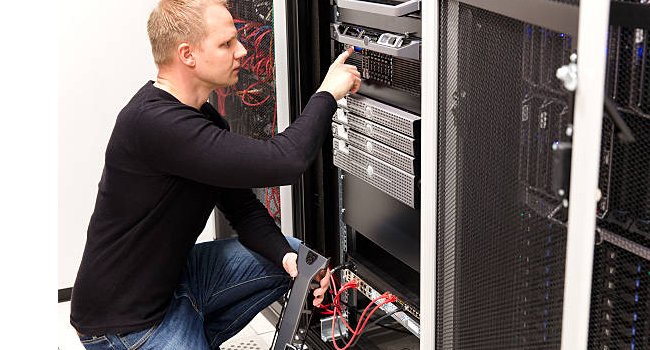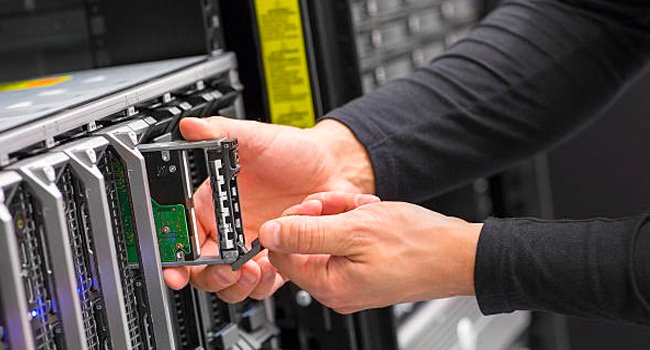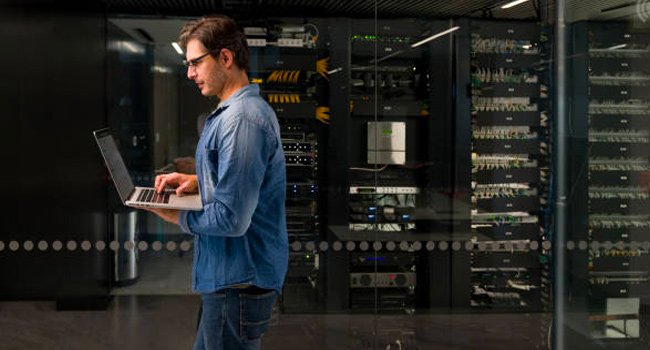What is ITAD? A Guide to Responsible IT Asset Disposition

As the world moves further along the digital age, enterprises need to include in their long-term planning the impact of acquiring tons and tons of electronics and how they are going to dispose of these later on. This is essential for every organisation because consumers today have become more mindful of the ethical practices of businesses, particularly those that relate to society and the environment. If you’re a company that endeavors to make corporate social responsibility (CSR) part of your business practices, then you need a solid plan for retiring IT equipment.
In 2019 alone, a whopping 53.6 million tons of e-waste were generated worldwide and only 17% of that got recycled. That was 3 years ago and the numbers just keep rising every year. If we are to combat the environmental effects that technology waste brings about, every enterprise should have a well-thought-out ITAD plan. But first, what is ITAD?
ITAD Defined

ITAD or IT Asset Disposition is the practice of retiring IT assets that have outlived their usefulness in a secure and efficient manner. Technology assets such as laptops, desktops, tablets, servers, routers, storage devices, and other enterprise IT equipment go through whatever process is most appropriate for them―recycling, repurposing, or disposal. A reliable ITAD service provider will make sure that disposition meets social, environmental, and security standards.
Why Responsible ITAD is Important

There are several reasons why your enterprise could be letting go of IT assets. Perhaps you’re doing a technology refresh and upgrading to newer hardware, or simply clearing up valuable physical space that’s being occupied by outdated equipment. Whatever the reason, ensuring that you’re observing proper ITAD practices brings key benefits to your organisation. Responsible ITAD:
-
Mitigates risk of data breaches. Data breaches and the resulting potential cases of identity theft are huge risks that businesses have to be prepared for at all times. Even when IT assets are retired, you would still bear the responsibility of ensuring that the data contained in these devices does not fall into the wrong hands. Fortunately, data breaches that stem from unused devices are preventable. ITAD service providers utilise different methods for hard drive data destruction including wiping, crushing, and shredding.
-
Promotes environmental sustainability. The positive impact on the environment is one of the major selling points of responsible ITAD. For instance, managed IT services that handle ITAD could deem a device still fit to be repurposed — i.e., refurbished and sold to a second owner or donated to individuals or institutions who could still make use of it. Then, when a hardware is no longer usable, recycling options are employed where metals and other recyclable components are removed from the original equipment and used to build new products. Both repurposing and recycling practices slow down the buildup of e-waste.
-
Ensures corporate and regulatory compliance. Every business organisation is compelled to adhere to industry regulatory standards required for IT asset disposition. Improper ITAD could put your company at risk for fines and penalties, as well as loss of integrity and consumer confidence.
-
Maximises return for your IT assets. Just because a certain device or equipment is no longer useful for your company doesn’t mean it has no value at all. Fact is, high-level enterprise IT equipment can fetch decent prices on the secondary market. Even hardware that’s stripped down and sold for parts will still give you some monetary value. In addition, the storage space you free up by getting rid of retired tech assets can be used to help improve efficiency and productivity in your operations.
3 Best Practices for Responsible ITAD

If you’re just starting out on your journey to practicing responsible ITAD, here are the 3 best practices that can help you.
-
Create an ITAD team to conduct an audit of IT assets. Have a specific team composed of stakeholders from different departments take charge of IT equipment inventory. The inventory should list down enterprise and data center equipment such as servers and storage equipment, as well as employee devices such as laptops and desktops. Include in your report the acquisition dates of these devices, end-of-life dates (if any), and potential timelines for upgrading or replacement.
-
Develop a comprehensive IT Asset Disposal policy. Data governance should be at the foundation of your ITAD policy, regardless of what stage a device is in the IT lifecycle. For example, the policy should specify when employee login credentials should be removed from the system, where retired hardware should be stored, how data erasure should be done, what appropriate methods for asset disposal are for specific devices, and others. The plan should also take into consideration regulatory laws pertaining to ITAD specific to your industry.
-
Explore ITAD services. While having a detailed inventory of IT assets and an ITAD policy is a good start, actual execution of responsible IT asset disposal could be best delegated to ITAD specialists. Third-party providers that offer IT services usually include ITAD in their offerings, where they evaluate your retirable IT assets and make recommendations on which of them are candidates for repurposing, recycling, or disposal.
Responsible ITAD with the help of experts

Reputable ITAD vendors are there to make your work in asset disposition easier. By acquiring their services and ensuring responsible ITAD, you not only maximise the use of your IT assets up until the end, you also fulfill your social and environmental responsibility.
Get in touch with your managed services provider today and find out more about their IT services.
Related Posts
By accepting you will be accessing a service provided by a third-party external to https://www.htl.london/